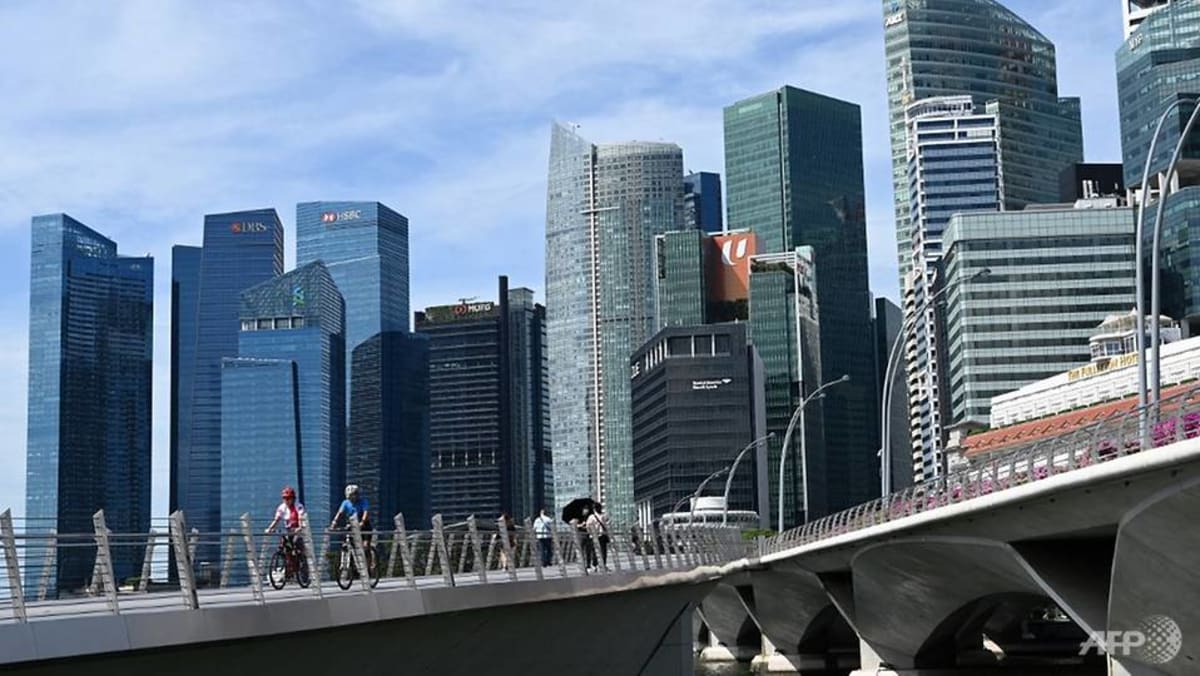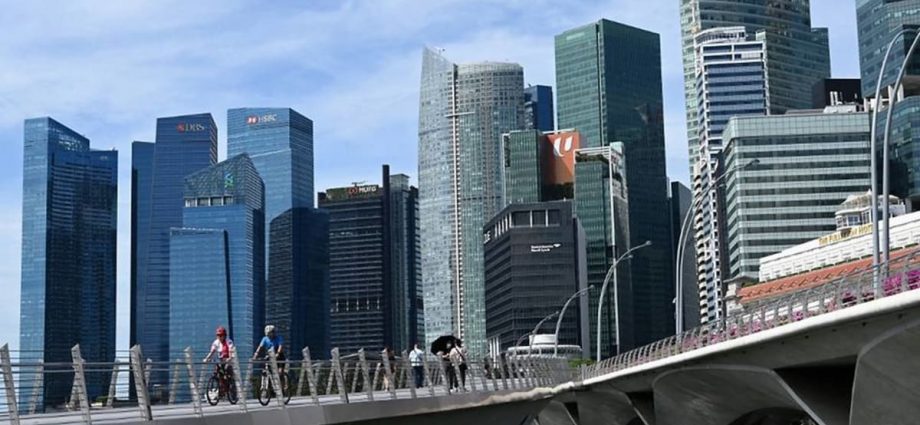
The high-density urban typology of Singapore presents additional challenges for the artificial intelligence of AVs in terms of wayfinding and navigation.
Singapore has more than 12,000 car parks with about 1.4 million parking lots spread across public housing estates, private residential blocks, retail malls, offices, industrial buildings, and hospitals.
Most of the 1.4 million lots exist in multi-storey car parks and a significant number of them are underground.
While GPS maps allow AVs to navigate to their destinations using street addresses, it is near impossible, for example, for a robotaxi to navigate to the third floor of a multi-storey car park in an industrial building to pick up passengers, or for an autonomous truck to find its way to the loading-unloading bays in the basement of Suntec City.
This “last mile”, or more aptly “last metre”, gap must be plugged before AVs can smoothly and reliably bring passengers and goods from origin to destination.
Multi-storey car parks represent one specific, and major, roadblock for AVs in this research gap that we are addressing. The broader issues pertain to picking up and dropping off commuters and goods within the boundaries of a building site and under shelter. The situation becomes more challenging where there are multiple pick-up and drop-off locations within a site and where these locations are in-building or sheltered.
Beyond Singapore, we foresee that major capital cities around the world, such as Hong Kong, Tokyo, Shanghai, Sydney and New York, would need these roadblocks cleared before driverless taxis and trucks can be widely deployed.

